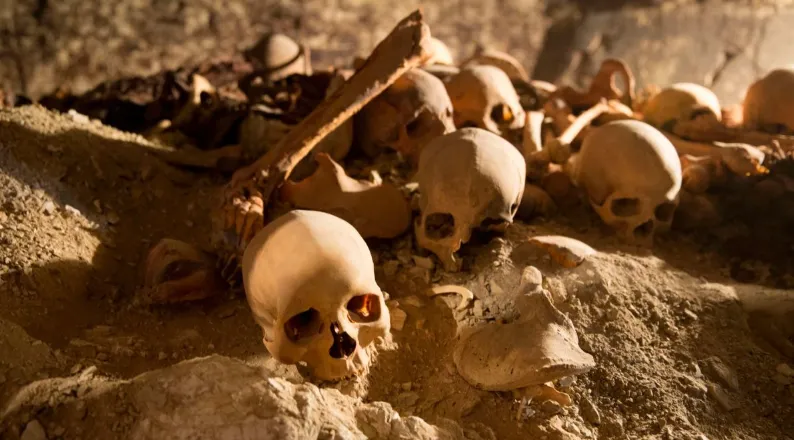Archaeologists have made a groundbreaking discovery in Egypt, unearthing a 3,500-year-old tomb that houses three well-preserved mummies and multiple skulls. This remarkable find, located near the ancient city of Luxor, sheds new light on burial practices and the lives of those who lived during the New Kingdom period of ancient Egypt.
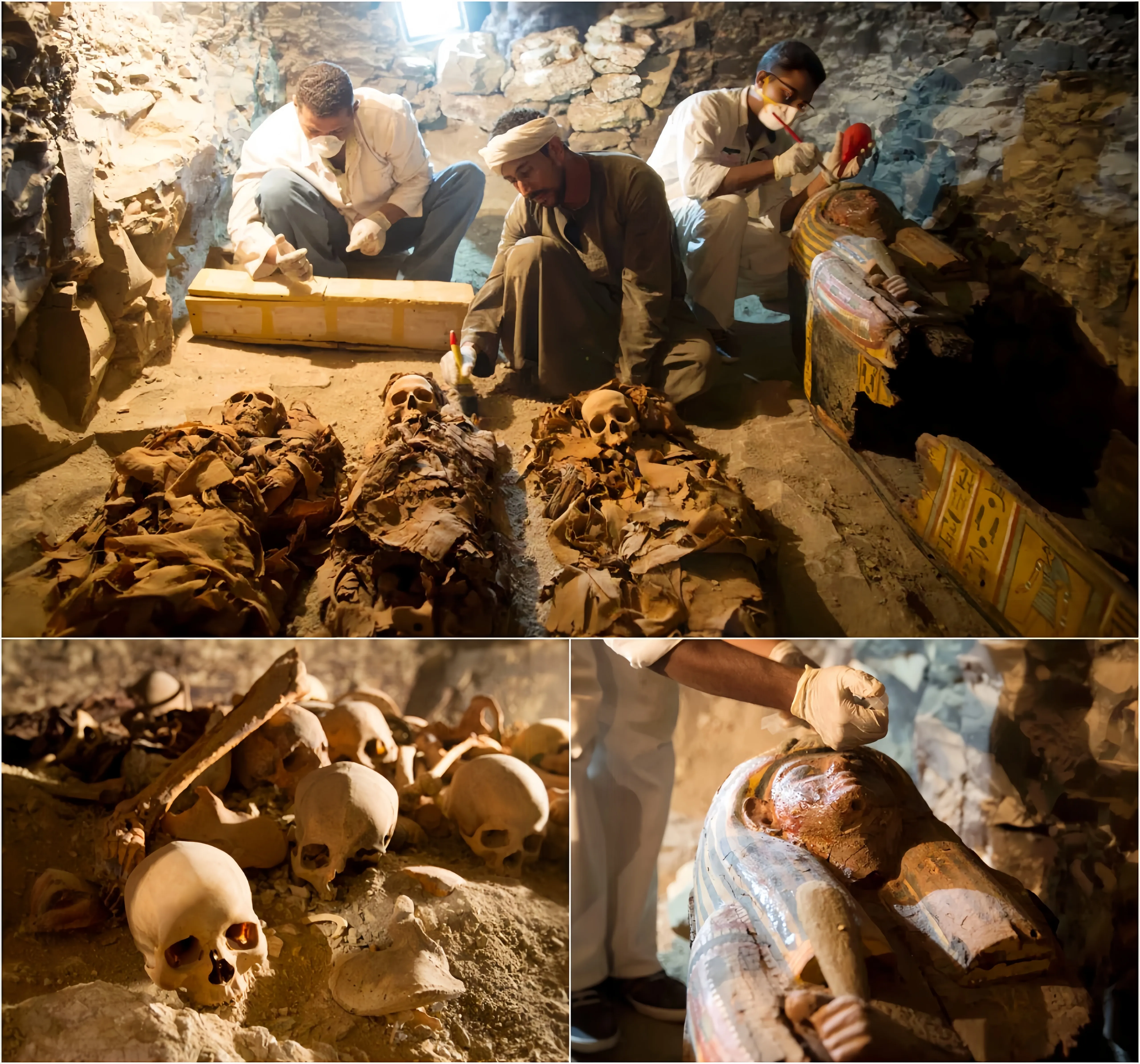
The tomb, which was discovered in a burial site known for its rich archaeological significance, is believed to belong to a high-ranking official or noble, as suggested by the intricate decorations and hieroglyphs found within. The three mummies, meticulously wrapped in linen and adorned with jewelry, were found in elaborate sarcophagi, each showcasing unique artistic styles that reflect the era’s aesthetic values.
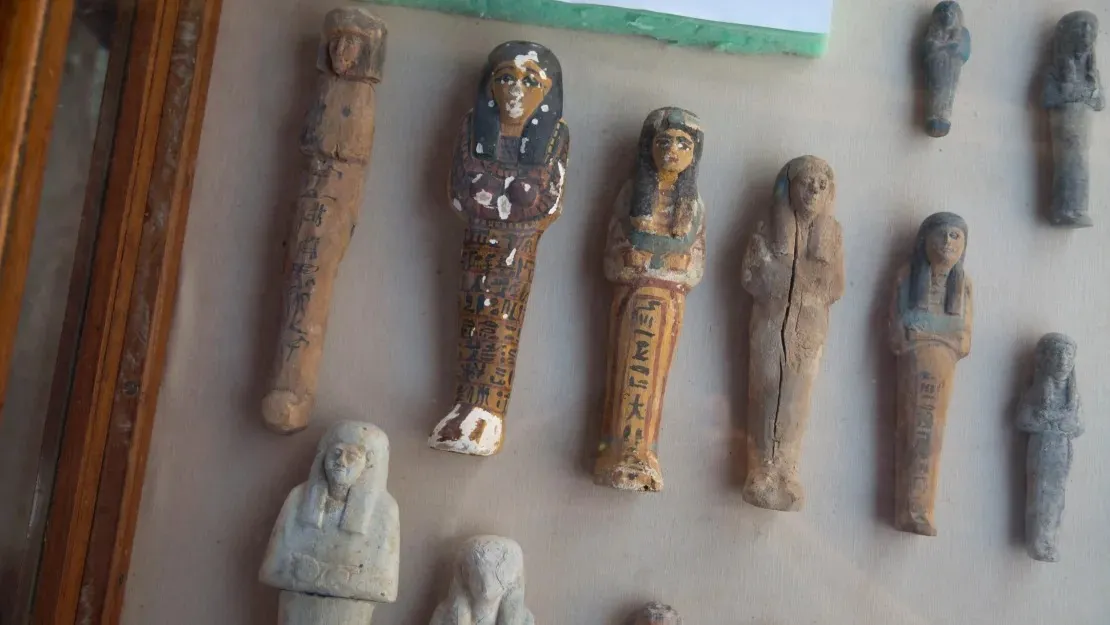
Among the mummies, one was identified as a woman, likely in her thirties at the time of death, while the other two were males believed to be in their forties. The presence of multiple skulls suggests that the tomb may have been used for a family burial, indicating the importance of familial ties in ancient Egyptian society. Preliminary examinations reveal signs of advanced embalming techniques, indicating a high level of skill among the ancient embalmers.
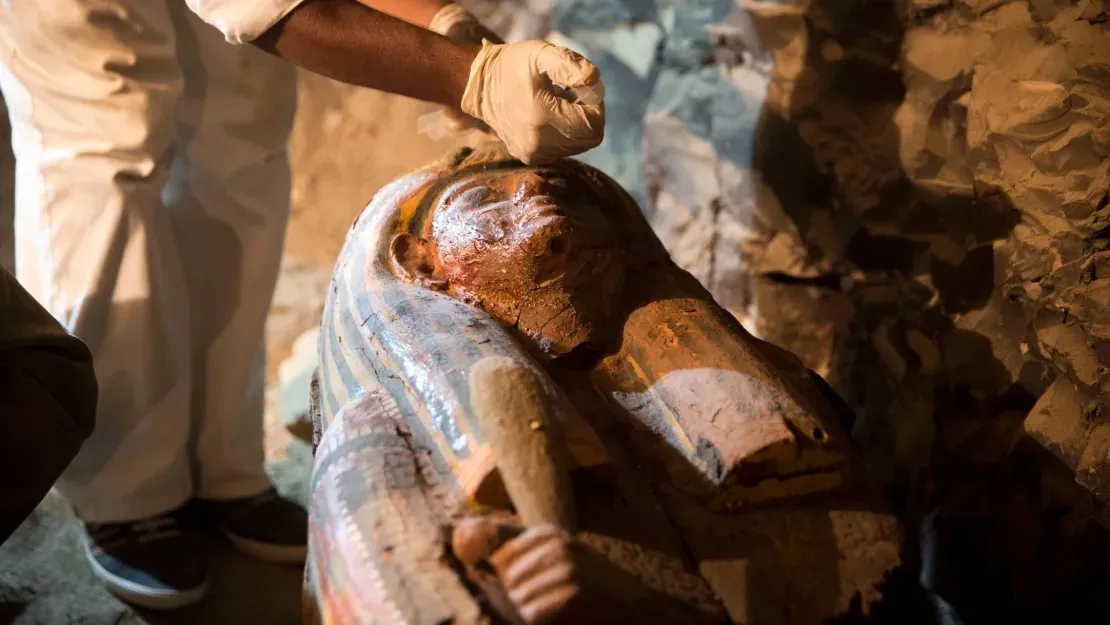
The tomb’s walls are adorned with vivid paintings depicting scenes from daily life, religious rituals, and offerings to the gods, providing invaluable insights into the cultural practices of the time. The artwork, characterized by its vibrant colors and intricate details, illustrates the reverence the ancient Egyptians held for the afterlife and their belief in the continuity of life beyond death.
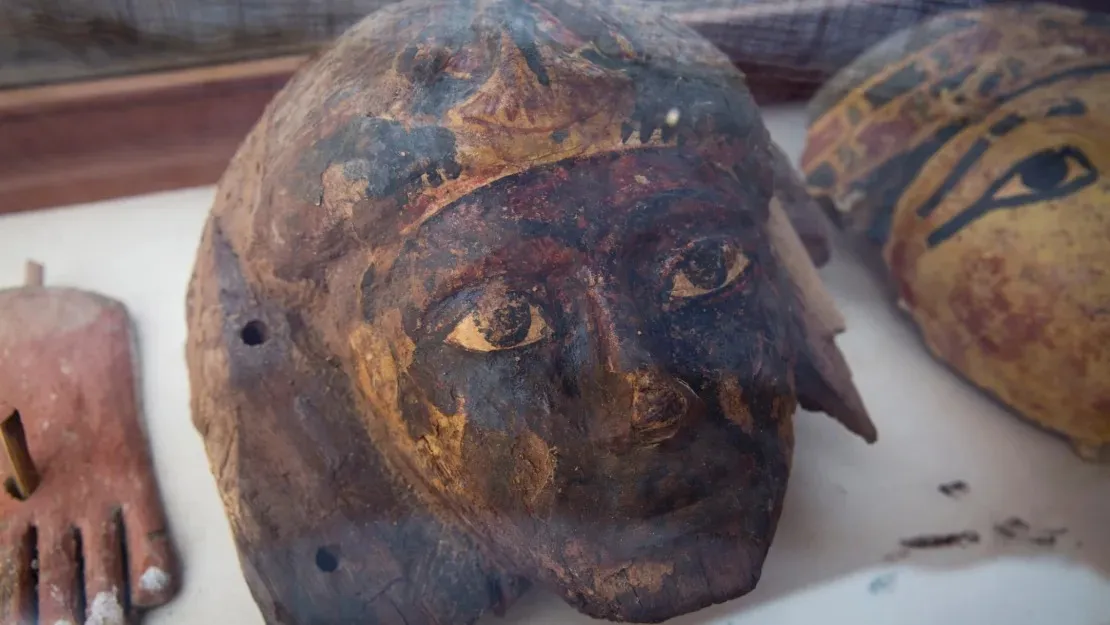
In addition to the mummies, archaeologists discovered a wealth of artifacts, including pottery, tools, and amulets, which are believed to have been placed in the tomb to accompany the deceased on their journey to the afterlife. These artifacts are not only significant for understanding burial customs but also offer clues about the social status and daily lives of the individuals interred within.
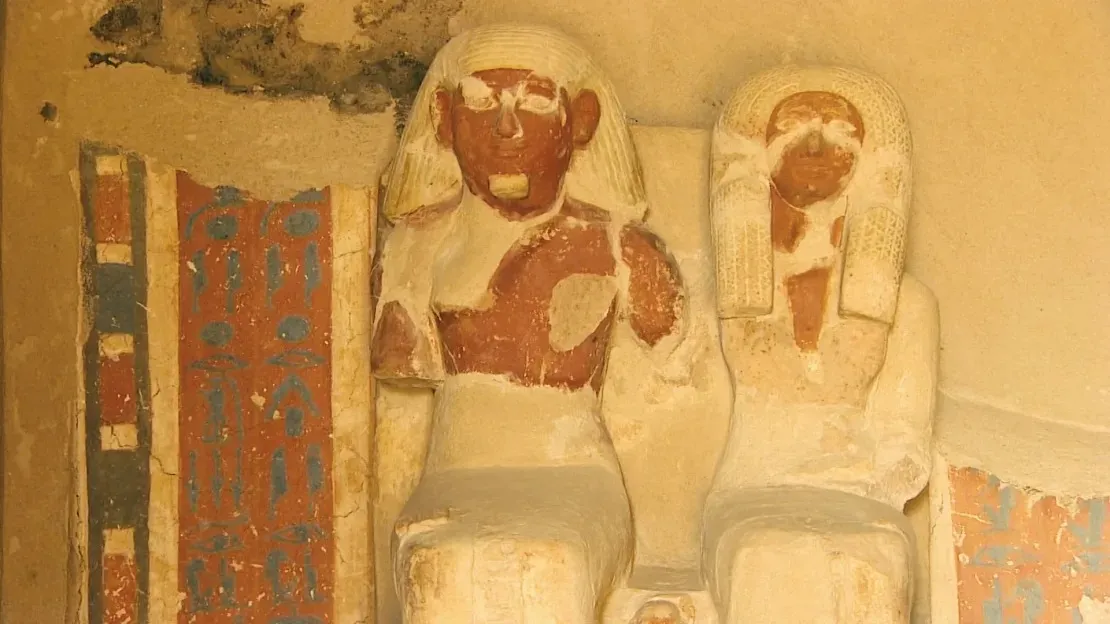
This discovery adds to the growing body of knowledge regarding the New Kingdom period, a time marked by immense wealth, cultural flourishing, and significant advancements in art and architecture. As the archaeological team continues to excavate and study the site, they hope to uncover more information about the individuals buried within and the historical context of their lives.

The find is expected to draw significant attention from both scholars and the public, highlighting the enduring fascination with ancient Egyptian civilization and its intricate beliefs surrounding life, death, and the afterlife. As excavations proceed, the tomb’s treasures promise to enrich our understanding of this extraordinary civilization that has captivated the world for millennia.
